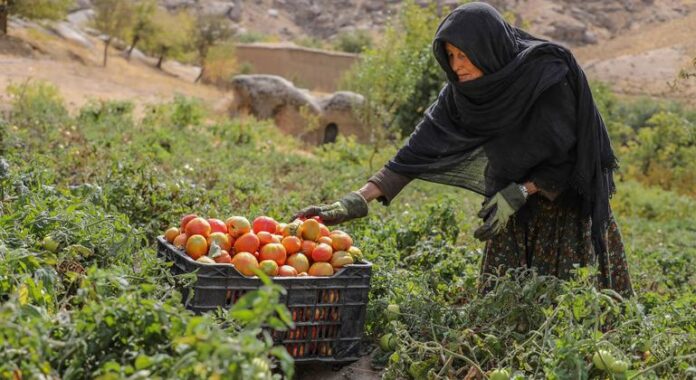UNITED NATIONS, May 02 (APP): Seventyfive per cent of Afghanistan’s population struggles to meet their daily needs; with female-headed households, rural communities and internally displaced persons being most affected, the UN development agency (UNDP) has noted in a new report.
As the Afghan economy faces stalled local production and weak job creation, Afghanistan continues to heavily rely on imports and international assistance.
“UNDP’s current analysis and new data indicate the continuation of a deeply troubling trajectory for the Afghan people, who have been grappling with extreme vulnerability over the past decade,” Kanni Wignaraja, UN Assistant Secretary-General and head of UNDP for the Asia-Pacific region, said.
In the past year, political uncertainty, an ongoing economic crisis, shrinking international aid and climate disruptions have compounded existing vulnerabilities, limiting the economy’s ability to regain momentum.
As Afghanistan heavily relies on foreign assistance, the current reduction in international aid is likely to have a significant impact on humanitarian operations and the delivery of basic services.
“UNDP stresses the need for targeted interventions to address these challenges, recognising that humanitarian assistance alone is not enough, and sustainable longer-term economic and social solutions are needed,” said Stephane Rodriques, UNDP Resident Representative in Afghanistan.
As repressive laws continue to erode women’s rights, safety and access to basic services such as education and employment, Afghanistan’s socioeconomic crisis has seen the gender gap widen further, pushing women deeper into social exclusion and poverty.
With only seven per cent of Afghan women working outside of the household in 2024, restrictions on women and girls are projected to cost the Afghan economy nearly $920 million between 2024 and 2026, according to UNDP.
UNDP called for Afghanistan to lift restrictions on women and girls and for comprehensive support to women-led businesses to be provided.
In 2024, Afghanistan also faced a major influx of returnees from Pakistan and Iran, as these neighbouring countries hardened their stance on Afghan refugees and migrants.
The UN expects the rate of returnees to increase in 2025, with an estimated 600,000 to 1.5 million people expected to return to Afghanistan.
“With the anticipated arrival of hundreds of thousands of returnees this year and a marked reduction in international support, Afghan communities will have to navigate substantial challenges that will increase pressure on an already highly tenuous daily subsistence,” said Ms. Wignaraja.

